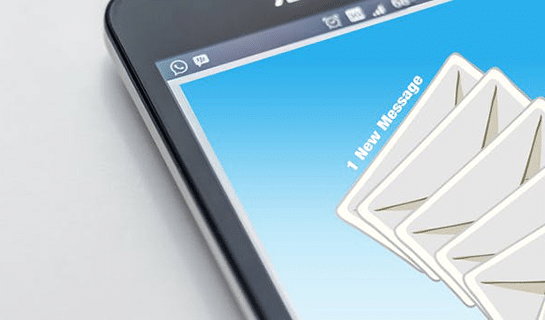Avoid the Spam Folder by Correctly Setting Up Email in Sugar
Email campaigns play an important role in marketing interactions. While having a compelling copy to attract and convert leads plays a big role, understanding how emails are technically delivered will help you understand the process in detail. Below we discuss how the process behind setting up and sending emails takes place and the areas where an email can get tripped up and what that means for marketers.
Since the CAN-SPAM Act of 2003, email providers and transfer senders are now more sophisticated about validating who you are. Some of the provisions outlined in this law require mass emails to have an unsubscribe link and to come from an identified sender. The benefit to you is that email providers are better able to block unwanted spam mail. It’s designed to prevent non-legitimate emails from reaching you. Because of this, marketers have to be aware of the spam traps that are out there.
Internet providers are now policing small independent email providers who send a large number of emails out to the Internet. Fortunately, the marketplace has responded to this shift by providing intermediaries that help independent people get their email delivered. Message Transfer Agents (MTA) such as Amazon SES and inBOX25 are examples of third-party services that act as a trusted source to get your email message delivered. We highly recommend using an MTA to send emails out of SugarCRM.
Once you have some background on email deliverability issues, you can start configuring your email to work properly in SugarCRM. For this, visit the Admin section of Sugar. Configuring and setting up email in Sugar to work correctly in email campaigns, schedulers, and workflow rules is a multi-step process. If your email is not sending properly, there are five variables to check when troubleshooting.
- View campaign diagnostics. This is in the drop-down tab of the campaigns module and is the first place you should check if an error occurs. If the diagnostic check comes back bad, it will tell you where to look to solve the issue. If it says everything is OK, but you’re still having trouble sending emails, continue to the second check.
- Look at the email queue to see if any emails got stuck. An email queue acts as a bucket where emails can be sent out in batches. Test emails in Sugar don’t get sent to the queue. The test emails may be delivered correctly, while the actual emails may still fail. If there are emails in the queue, that for some reason did not get sent out, you can manually push them through.
- Have a valid SMTP server.
- Make sure your Sugar email scheduler and bounce mailbox is set up and correctly configured.
- Have your server setup to run cron jobs. This is a commonly overlooked step when configuring email in SugarCRM.
Once you handle all the steps above you can start building the actual email campaign in SugarCRM. If you have any questions about configuring email in SugarCRM or building email campaigns in SugarCRM, contact us here.



